Understanding energy flow in ecosystems is fundamental to ecological science. It helps us comprehend how different organisms interact, how nutrients cycle, and how human activities can impact the delicate balance of nature. Worksheets focused on energy flow are commonly used in biology and environmental science classes to solidify these concepts. However, grasping the nuances of food webs, trophic levels, and energy pyramids can sometimes be challenging. This post aims to provide a clear and concise guide to the typical answers you might encounter in an “Energy Flow Worksheet,” helping you to reinforce your learning and improve your understanding of these vital principles.
Before diving into the answers themselves, let’s briefly recap the key concepts often covered in such worksheets. Energy flow typically starts with the sun, the ultimate source of energy for most ecosystems. Producers, like plants and algae, capture this solar energy through photosynthesis and convert it into chemical energy stored in organic compounds. This energy then flows through the ecosystem as organisms consume one another. Each feeding level is referred to as a trophic level. Primary consumers (herbivores) eat producers, secondary consumers (carnivores) eat primary consumers, and so on. At each transfer of energy, a significant portion is lost as heat, which is why food chains are usually limited to 4 or 5 trophic levels. The concept of the 10% rule is also crucial, indicating that only approximately 10% of the energy from one trophic level is transferred to the next.
Understanding Energy Flow Worksheet Answers
Below you’ll find example answers, presented in a structured manner, covering common topics in energy flow worksheets. Remember that specific questions and answers may vary depending on the curriculum and complexity level. However, these examples should provide a solid foundation for understanding the underlying principles.
Common Questions and Corresponding Answers:
-
**Question:** What is the primary source of energy for most ecosystems?
**Answer:** The sun. -
**Question:** What process do producers use to capture energy from the sun?
**Answer:** Photosynthesis. -
**Question:** Define the term “trophic level.”
**Answer:** A trophic level is the position an organism occupies in a food chain or food web, representing its feeding level. Examples include producers (first trophic level), primary consumers (second trophic level), and secondary consumers (third trophic level). -
**Question:** Give an example of a producer, a primary consumer, and a secondary consumer in a grassland ecosystem.
**Answer:**- Producer: Grass
- Primary Consumer: Grasshopper
- Secondary Consumer: Snake
-
**Question:** Explain the 10% rule of energy transfer.
**Answer:** The 10% rule states that only about 10% of the energy stored in one trophic level is converted to biomass in the next trophic level. The remaining 90% is lost as heat during metabolic processes, used for life processes, or excreted as waste. This explains why there are fewer organisms at higher trophic levels. -
**Question:** Draw an energy pyramid for a simple food chain: Grass -> Rabbit -> Fox. Label each trophic level and indicate the relative amount of energy available at each level.
**Answer:**
(Imagine a pyramid graphic here. The base is largest, representing Producers, and the top is smallest, representing the apex predator.)- Top of Pyramid: Fox (Tertiary Consumer) – Least Energy
- Middle: Rabbit (Primary Consumer) – Moderate Energy
- Base of Pyramid: Grass (Producer) – Most Energy
-
**Question:** What are decomposers and what is their role in an ecosystem?
**Answer:** Decomposers (e.g., bacteria, fungi) are organisms that break down dead organic matter and waste products. They release nutrients back into the environment, making them available to producers. Decomposers play a crucial role in nutrient cycling and energy flow by ensuring that energy and nutrients are not locked up in dead organisms. -
**Question:** What is the difference between a food chain and a food web?
**Answer:** A food chain is a linear sequence of organisms showing the transfer of energy from one organism to another. It is a simplified representation of feeding relationships. A food web, on the other hand, is a more complex network of interconnected food chains that shows the diverse feeding relationships within an ecosystem. Food webs are more realistic representations of how energy and nutrients flow because many organisms consume and are consumed by multiple species. -
**Question:** How would removing a keystone species from an ecosystem affect energy flow?
**Answer:** Removing a keystone species can have dramatic effects on energy flow. Keystone species play a critical role in maintaining the structure and stability of an ecosystem. Their removal can lead to trophic cascades, where changes at one trophic level ripple through the entire food web, disrupting energy flow, biodiversity, and ecosystem functions. -
**Question:** How does human activity, such as deforestation, impact energy flow in ecosystems?
**Answer:** Deforestation reduces the number of producers (trees), which are the foundation of the food web. This leads to less energy being captured and available for higher trophic levels. It can also disrupt nutrient cycles, increase soil erosion, and alter water availability, all of which negatively impact energy flow and the overall health of the ecosystem.
By understanding these fundamental principles and practicing with energy flow worksheets, you can develop a strong grasp of how ecosystems function. Remember to focus on the interconnectedness of organisms and the vital role energy plays in sustaining life on Earth. Good luck with your studies!
If you are looking for PHASE 1 – Secret Treasures Within you’ve came to the right place. We have 20 Pictures about PHASE 1 – Secret Treasures Within like 14 Surprising Facts About Energy – Facts.net, Navigating the New Frontier of Renewable Energy – Newsweek and also A Connected and Sustainable Energy World – 17th Singapore International. Read more:
PHASE 1 – Secret Treasures Within

secrettreasureswithin.com
Michigan Energy Study

midmichigannow.com
Daily Energy Generated, Distributed In Q3'17 Peaked At 3,880 MW-NBS

investadvocate.com.ng
Navigating The New Frontier Of Renewable Energy – Newsweek
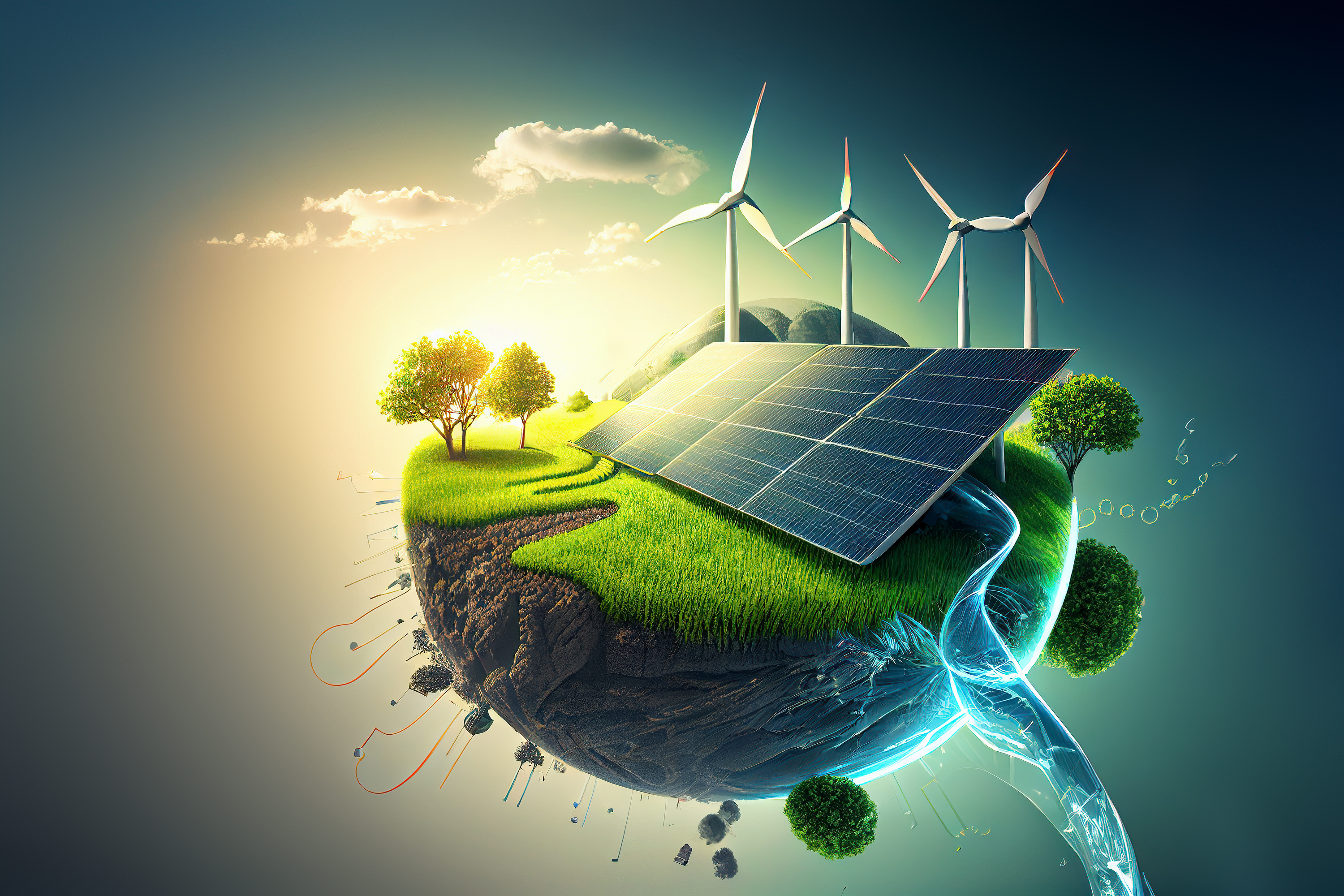
www.newsweek.com
10 Crucial Energy KPIs For Company Contact Centers | Plecto

www.plecto.com
Comparison Of Energy Law Updates Of India And Philippines | Law.asia
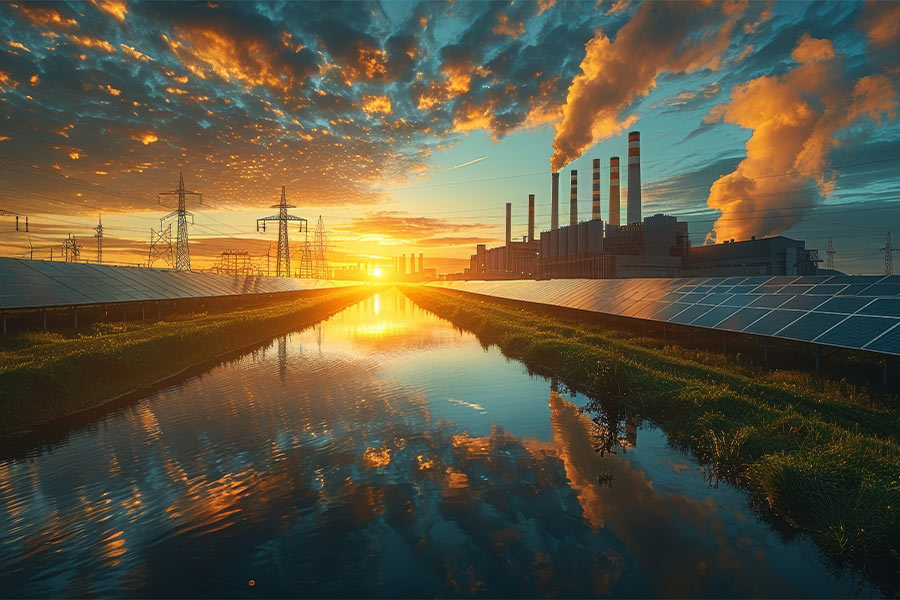
law.asia
Research Areas

www.eria.org
Energy Information

energyinformational.com
CEFC Backs Clean Energy Developer ACEN To Help Develop 8 GW Renewables

www.cefc.com.au
Green Energy Mauritius| Thermal Power Station Mauritius | Omnicane
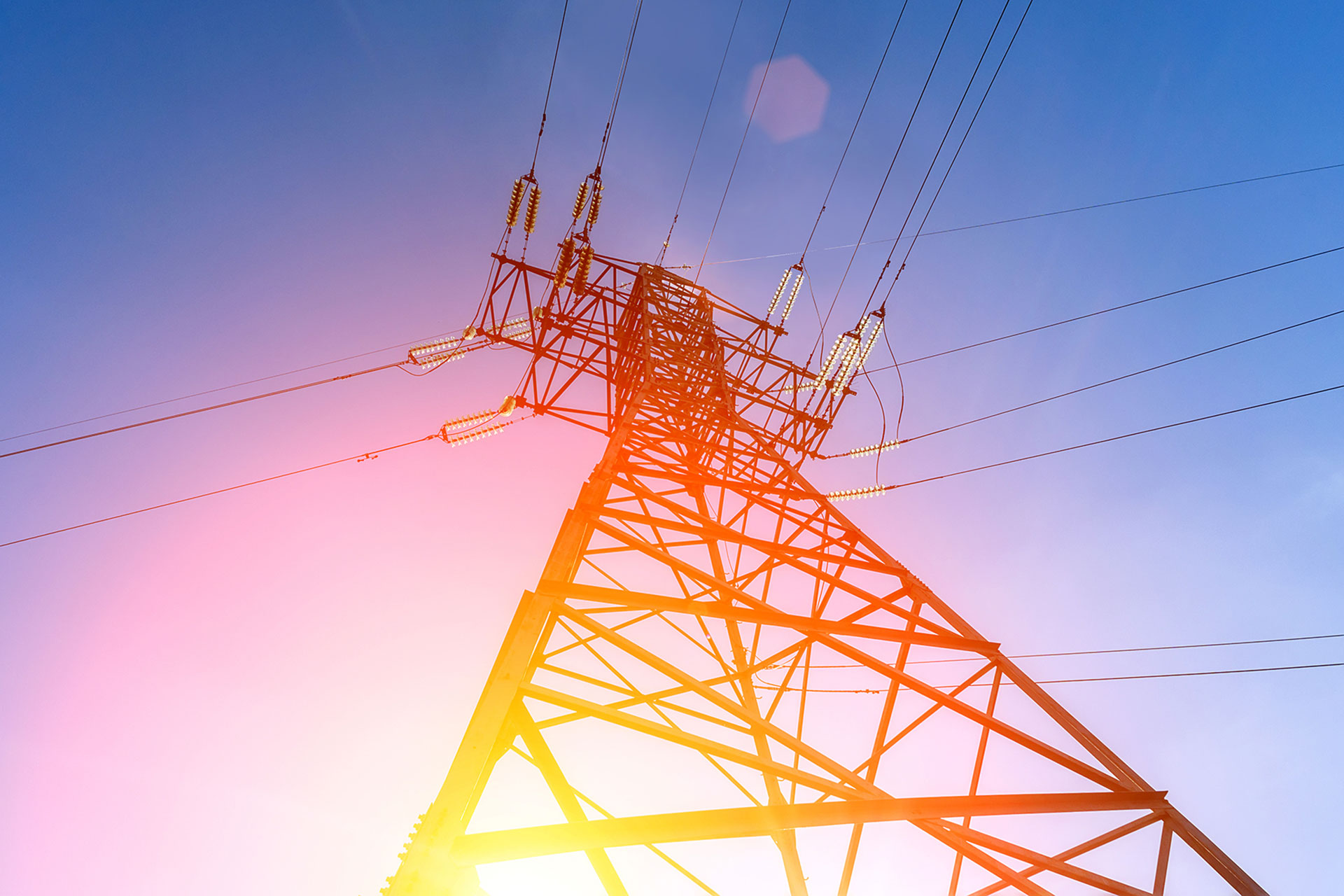
omnicane.com
6 Proven Ways To Have More Energy – Demartini Blog

drdemartini.com
Amendments To The Energy Law – Milosevic-law.com
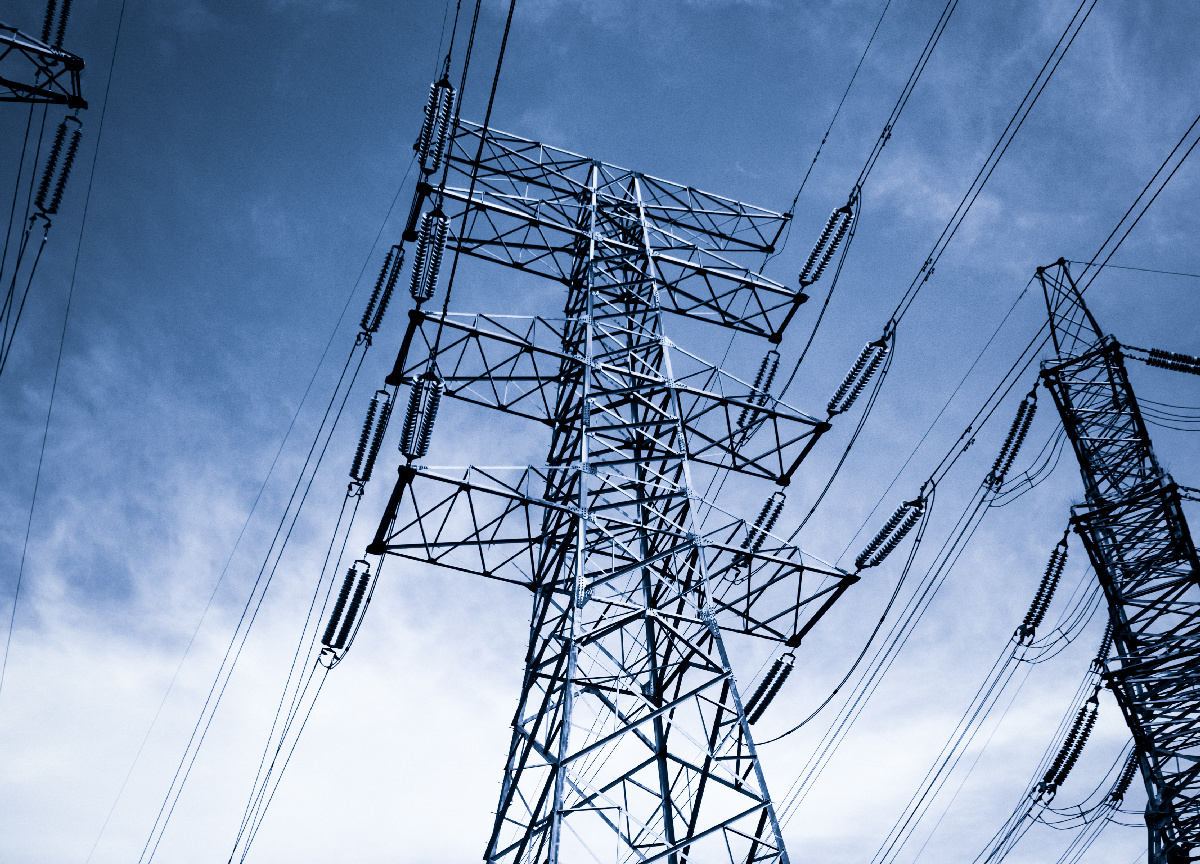
milosevic-law.com
The Public Building 'energy Efficiency' Report: Where Can Improvements
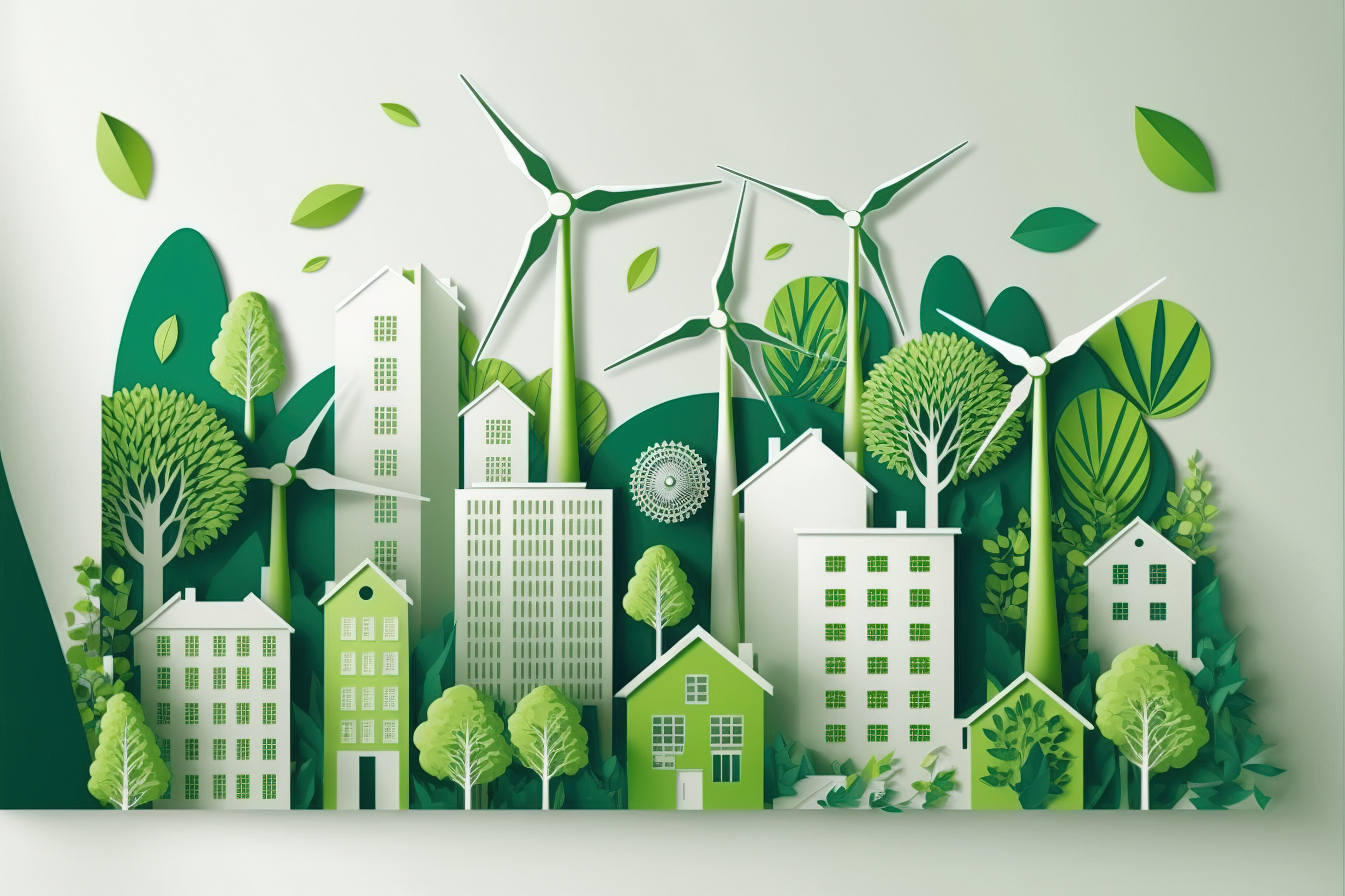
neosnetworks.com
14 Surprising Facts About Energy – Facts.net

facts.net
Energy – Mansa Holdings
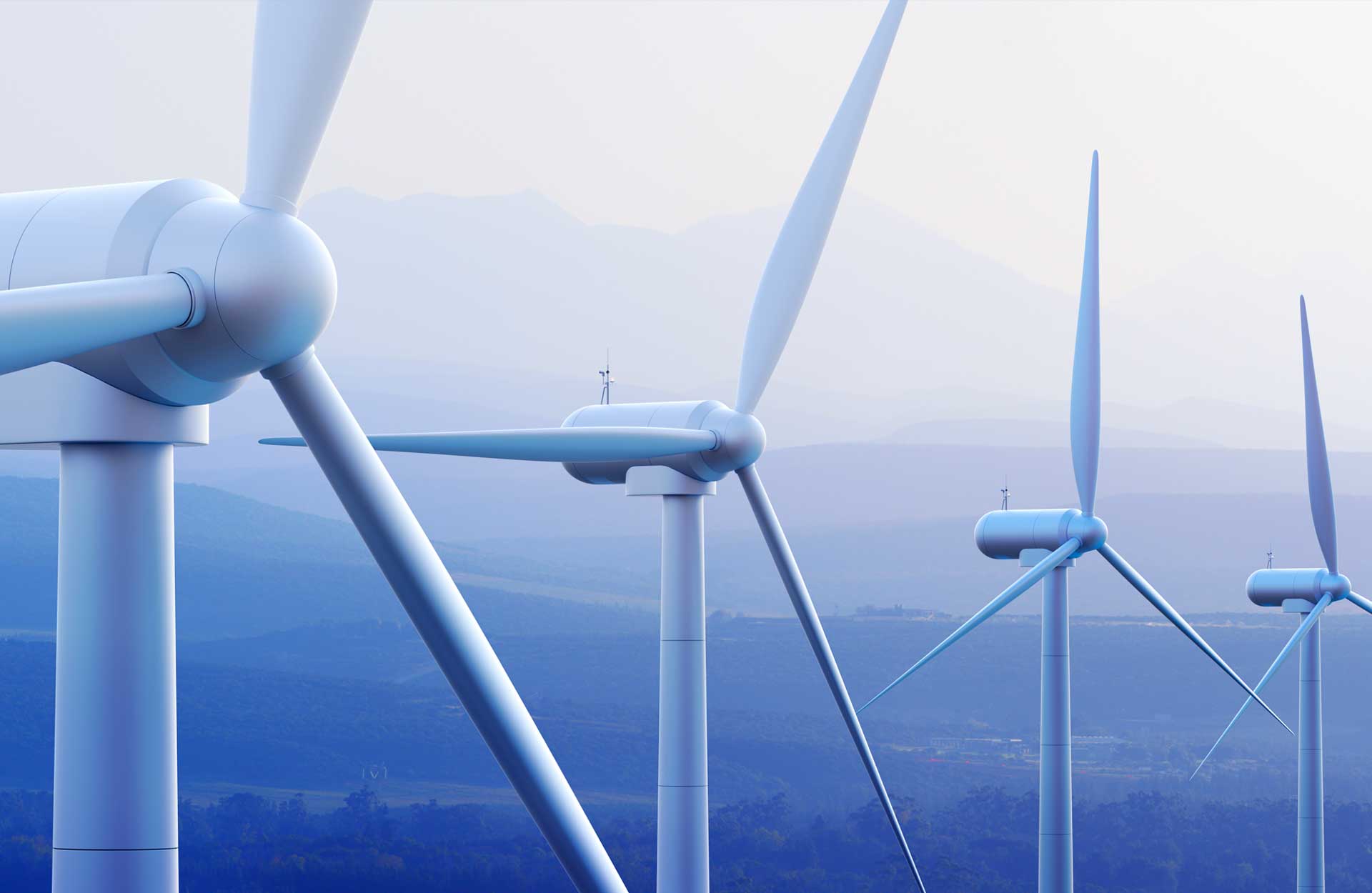
mansaeurope.com
Energy

public.wmo.int
6 Energi Terbarukan Yang Menjadi Target Visi Saudi 2030 » Saudinesia.id
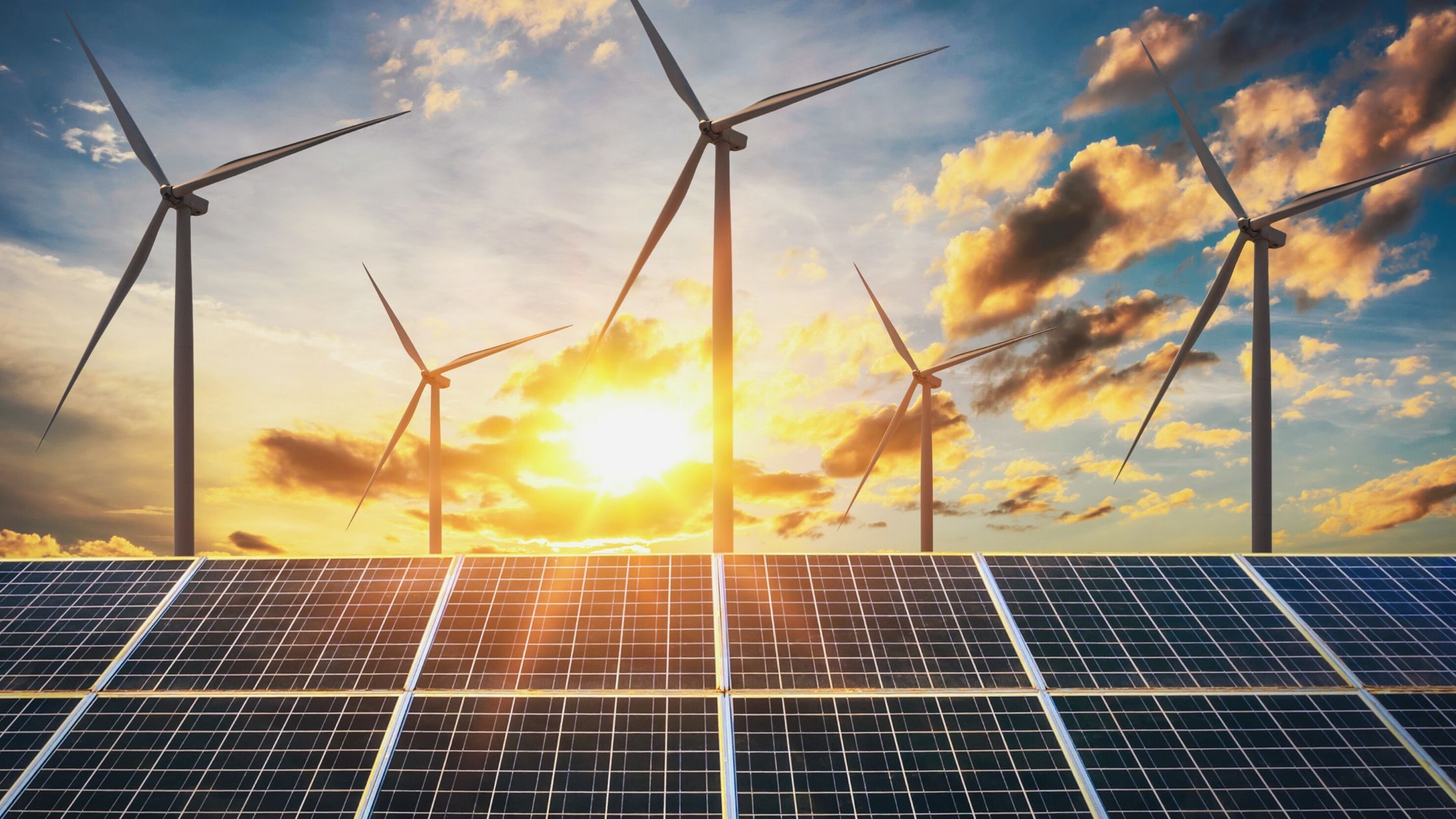
saudinesia.id
A Connected And Sustainable Energy World – 17th Singapore International
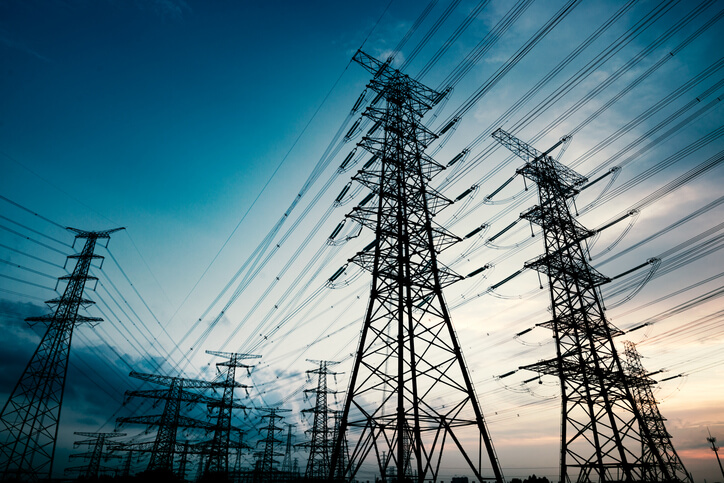
www.ema.gov.sg
Dentons – Biomass
www.dentons.com
Energy Management Experts | Goldstar Energy Group

myhresmusic.com
Michigan energy study. The public building 'energy efficiency' report: where can improvements. Research areas
